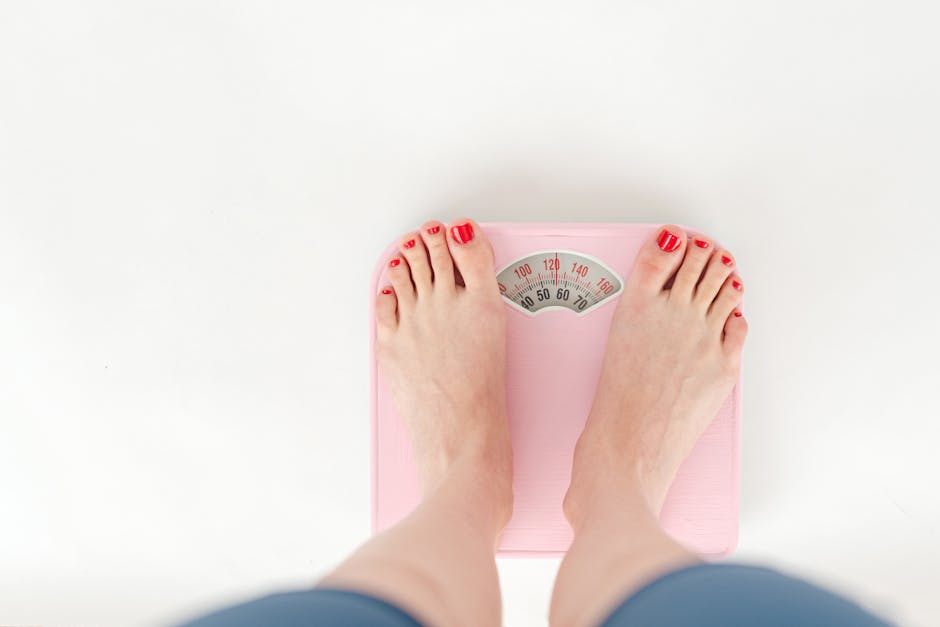Introduction
When it comes to fitness testing, reliability is key. Ensuring that your fitness tests yield consistent and accurate results is essential for tracking progress, setting goals, and making informed decisions about your training program. In this guide, we will explore the steps you can take to make your fitness tests more reliable, so you can get the most out of your workouts and achieve your fitness goals effectively.
Step-by-Step Instructions
Start with the basics
First and foremost, it’s crucial to establish clear testing protocols. Define the specific exercises, measurements, and procedures you will use for each test. Having standardized protocols ensures that every test is conducted in the same way, reducing variability and increasing reliability.
For example, if you are conducting a timed run as part of your fitness test, specify the distance, course layout, starting procedure, and timing method to be used. This level of detail eliminates ambiguity and helps maintain consistency across multiple test administrations.
Consider the next steps
Once you have established clear testing protocols, it’s important to train your testers or participants on how to administer the tests correctly. Proper training ensures that everyone involved understands the protocols and follows them accurately, further enhancing the reliability of your fitness tests.
Provide detailed instructions on how to perform each test, demonstrate proper form and technique, and address any questions or concerns that may arise. By investing time in training, you can minimize errors and ensure that all tests are conducted with precision and consistency.
Advanced techniques
To take your fitness tests to the next level of reliability, consider implementing test-retest reliability measures. Test-retest reliability involves conducting the same test on the same individual or group at different times to assess the consistency of the results.
By comparing the results of repeated tests, you can evaluate the stability and reproducibility of your tests over time. This information is valuable for identifying any sources of variability and making adjustments to improve the reliability of your testing procedures.
Additional Tips
Here are some additional tips to enhance the reliability of your fitness tests:
- Use quality equipment: Ensure that your testing equipment is accurate, calibrated regularly, and in good working condition to avoid measurement errors.
- Minimize external factors: Control environmental conditions such as temperature, humidity, and lighting to reduce their impact on test results.
- Collect data consistently: Develop a standardized data collection process to record and analyze test results in a systematic manner.
- Seek feedback: Encourage feedback from participants and testers to identify areas for improvement and make adjustments accordingly.




